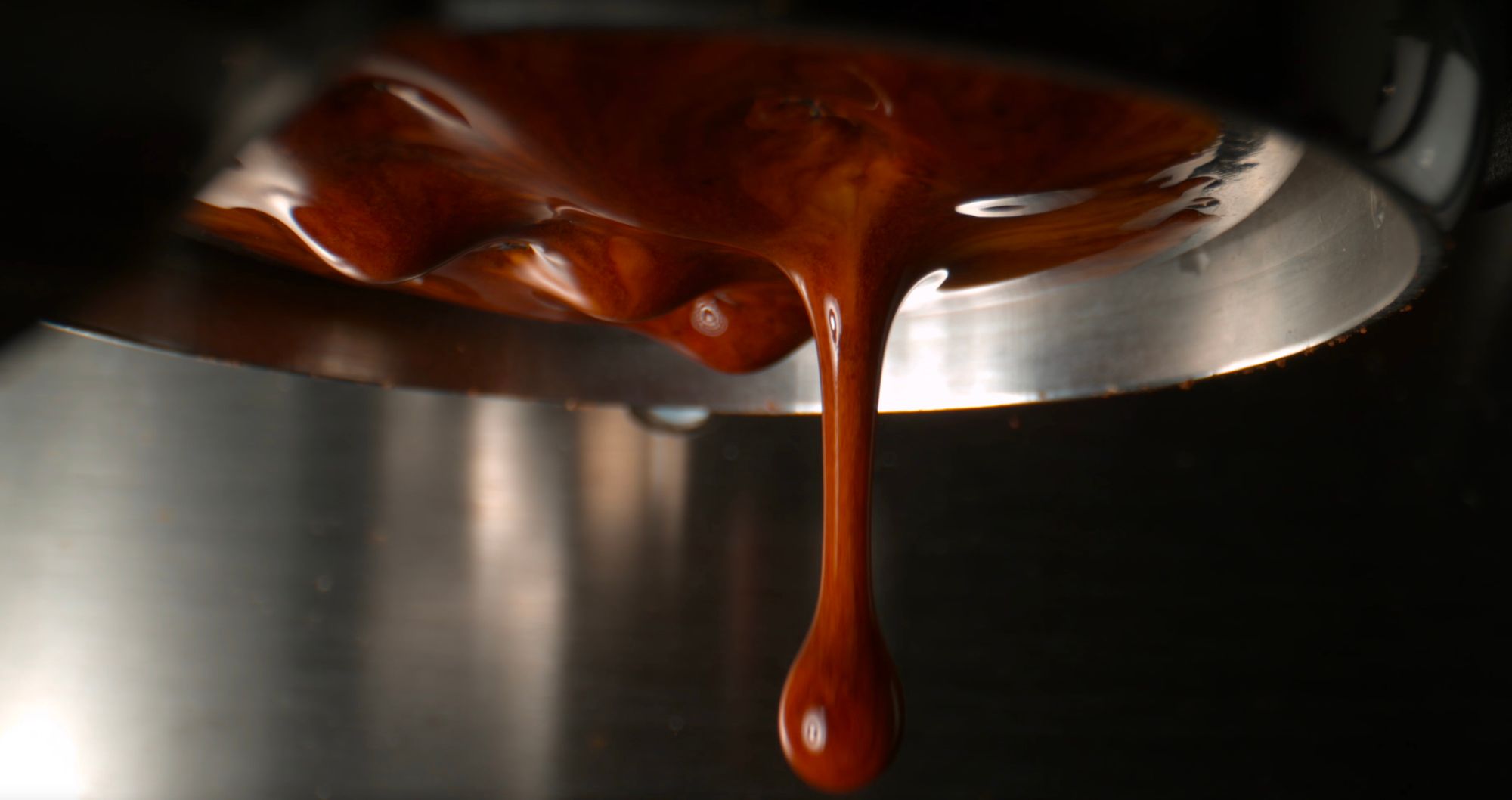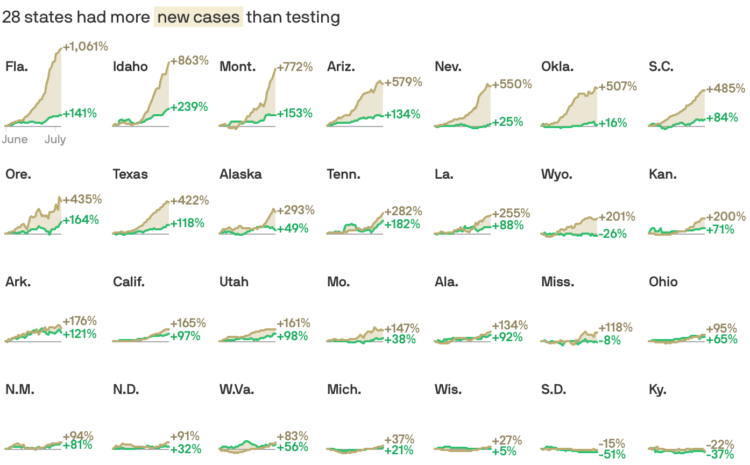A bit ago was my fifth Gran Frondo, the last was in 2018.
Last year I dropped 25 minutes off my time and that made me really happy. This year my goal was 4 hours. This was just an aribtrary number, but it was also based on an attempt to qualify for the 2020 version of this race which is a UCI World Cup Event.
Up to May I was almost continually running with the BMO Half Marathon in May which I did in 2h 08m. In March, April and May I was running up to average of 40km a week. I guess I was kind excited by that:
Because I focused a lot on running this year, my riding patterns changed a lot.
|
2017 (up to Fondo) |
2018 (up to Fondo) |
2019 (up to Fondo) |
| Time |
243h |
232h 16m |
165h 51m |
| Distance |
5,050km |
5,279km |
3,889km |
| Rides |
198 |
136 |
75 |
So in 2019, I spent less time on the bike. In fact I haven’t spent this little time on a bike since 2015, which was my first year. After May I ran less frequently, but carried on running, varying between 0 (on bad weeks) to 30km (on good weeks).
I did Mount Seymour at least 9 times (most yet) and broke my own personal record 4 times. I managed quite a few 100km plus rides: including the 160km Penticton Gran Fondo race, the challenge route of the Ride to Conquer Cancer, a ride up to Whistler, and a couple of trips to Golden Ears park.
Also this year I got a little more organised with my training. This is taped to my bedroom wall:

This year I rode with Steed group 2 a few times, that’s the second fastest group and sometimes they go at a hell of a pace. Last year I stepped up from group 4 to group 3. Next year I aim to have group 2 as my default.
So the race came and as usual I spent a few days before hand excited and not sleeping too well. Yet again I hadn’t lost enough weight and I really doubted if the 4 hour figure was reasonable. Just thinking through what I did last year to get to 4:19 seemed daunting.
Again I started in the 4 to 4.5 corral which is essential to getting in with a good group. The first 30km was marred by several large and nasty looking crashes. I focused on going fast up to Squamish but needed to save something for later. As I passed my marker in Squamish I thought I was behind but honestly I didn’t feel like I’d pushed myself too hard and felt fresh.
Unbeknownst to me, I’d set personal records all the way and crushed it. My average was over 32km/h an hour at that point. To get close to 4 hours, my goal was to not let it drop below 30km/h. This year I couldn’t find good draughts in Squamish, the people were going too slow so I kept pulling out… and as a result pulled an awful lot of people through Squamish.
I piled up the hills and again failed to find good draughts, despite thinking strategically and doing my best to line them up in the right places. About 25-30km out from Whistler I bonked again and realised I hadn’t been eating right. About 15km I was struggling hard and failing to keep up. My average km kept dropping and dropping. I was just pissed off and couldn’t understand why I couldn’t go faster.
The result? I ended up crossing at 4h 16m. That’s 3 minutes faster - I was happy and sort of pissed off that I wasn’t faster. It’s my fastest ever time, I’ve been faster every year so I’ll take that.
Actually I guess I was pretty happy with it:
I did not qualify for the World Cup race for next year, but I’ve signed up again to do the normal race.
I’ve signed up again and I’m going to crush 4 hours.



 I’ve been on a quest over the past year or so to understand the importance of getting outside of your head if you want to be more effective as a knowledge worker. The inciting incident for this quest was reading
I’ve been on a quest over the past year or so to understand the importance of getting outside of your head if you want to be more effective as a knowledge worker. The inciting incident for this quest was reading 












